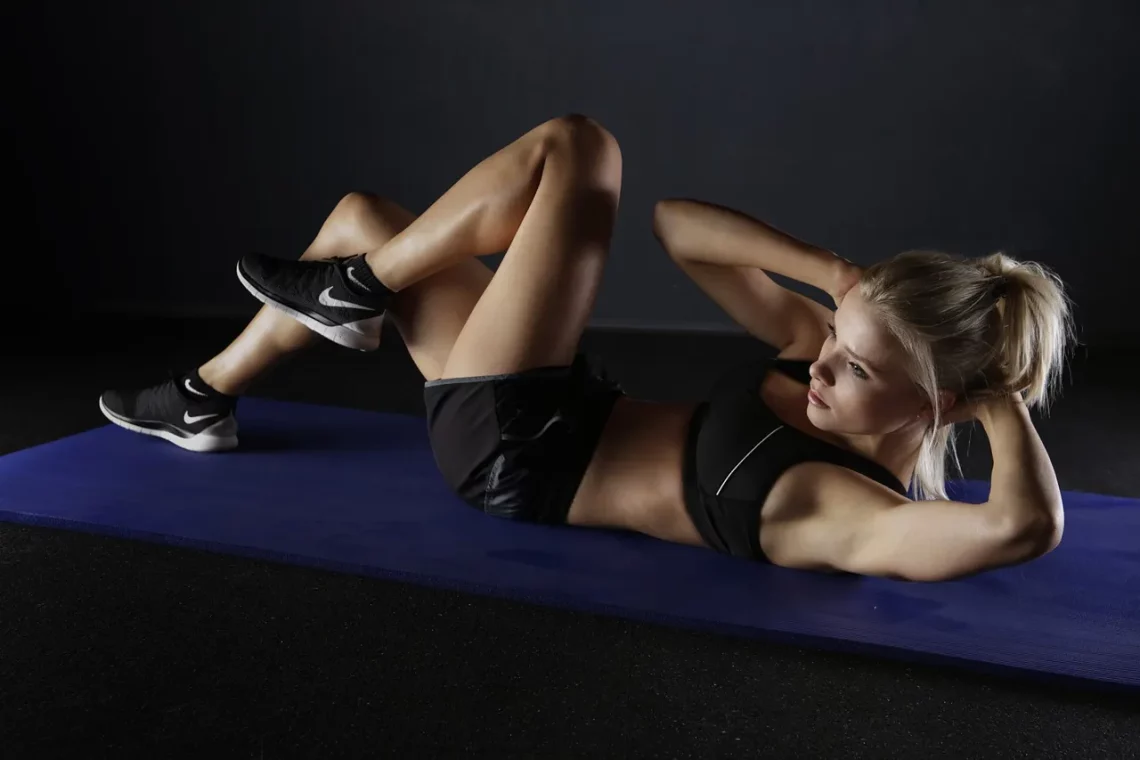
Calisthenics vs Pilates: Which Workout is Right for You?
Calisthenics and Pilates are two popular workout modalities that have gained traction in recent years, each attracting a diverse following of fitness enthusiasts. Both forms of exercise emphasize body awareness, strength, and flexibility, but they do so in distinct ways. Calisthenics is often viewed as a more dynamic and high-energy form of training, relying on bodyweight movements that can build muscle and improve overall fitness. On the other hand, Pilates focuses on core strength, posture, and controlled movements, often incorporating specialized equipment to enhance the practice.
As individuals seek effective and enjoyable ways to stay fit, understanding the nuances between these two workout styles becomes essential. With the rise of home workouts and online fitness programs, many are left wondering which approach aligns better with their goals and lifestyle. Whether you’re looking to build strength, improve flexibility, or find a low-impact routine that nurtures your body, the choice between Calisthenics and Pilates can significantly impact your fitness journey.
In this article, we will explore the unique characteristics of each workout, providing insights into their benefits, challenges, and suitability for different fitness levels. As we delve deeper into the world of movement and exercise, we hope to illuminate the path toward finding the right fit for your personal health and wellness goals.
Understanding Calisthenics: A Bodyweight Workout Revolution
Calisthenics is a form of exercise that utilizes one’s body weight as resistance, allowing individuals to perform a variety of movements that promote strength, flexibility, and endurance. What sets calisthenics apart from traditional weightlifting is its focus on functional strength rather than isolated muscle groups. Movements such as push-ups, pull-ups, squats, and planks are foundational to calisthenics, engaging multiple muscle groups while also enhancing coordination and balance.
One of the most appealing aspects of calisthenics is its accessibility. You don’t need a gym membership or fancy equipment to get started; a flat surface is all you need. This makes it a popular choice for those who prefer to work out at home or in outdoor settings. Additionally, calisthenics can be easily modified to accommodate different fitness levels. Beginners can start with basic movements and gradually progress to more advanced variations, such as muscle-ups or handstand push-ups, as their strength and confidence grow.
Incorporating calisthenics into your routine can also promote cardiovascular health. Many calisthenics workouts can be performed in a circuit format, increasing your heart rate and providing an effective cardiovascular workout alongside strength training. This combination can lead to improved overall fitness, making calisthenics a comprehensive approach to health.
However, while calisthenics offers many benefits, it does require a certain level of body awareness and coordination, which can be challenging for some beginners. Mastering the proper form is crucial to prevent injuries and maximize effectiveness. Additionally, those looking to target specific muscle groups may find calisthenics less precise compared to traditional weight training.
In summary, calisthenics offers a versatile, accessible, and comprehensive workout option that can be tailored to various fitness levels. Its emphasis on functional strength and movement makes it an excellent choice for those seeking a dynamic and engaging fitness routine.
Exploring Pilates: The Art of Controlled Movement
Pilates is a low-impact exercise method that emphasizes core strength, flexibility, and overall body awareness. Developed in the early 20th century by Joseph Pilates, this practice has evolved into a popular fitness regimen that is celebrated for its ability to enhance posture, balance, and coordination.
At the heart of Pilates is the concept of controlled movement. Every exercise is performed with precision, focusing on the alignment of the body and the engagement of the core muscles. This intentional approach helps to build strength from the inside out, promoting stability and reducing the risk of injury. Many Pilates exercises can be done on a mat or with specialized equipment, such as the Reformer, which adds resistance and allows for a greater range of motion.
One of the standout features of Pilates is its adaptability. It caters to individuals of all fitness levels, from beginners to advanced athletes. The exercises can be modified or intensified to meet specific needs, making it an excellent choice for those recovering from injuries or seeking a gentler approach to fitness. The emphasis on breath control and mind-body connection further enhances the experience, allowing practitioners to develop a deeper awareness of their bodies.
Pilates is particularly beneficial for improving posture and alleviating back pain, as it strengthens the muscles that support the spine. Many people find that regular practice helps them feel more aligned and balanced in their daily activities. Furthermore, the focus on flexibility and muscle elongation contributes to a leaner appearance and improved overall movement quality.
However, it’s essential to note that Pilates may not provide the same level of cardiovascular intensity as other workout methods. For those seeking a heart-pumping workout, Pilates might need to be complemented with additional forms of exercise. While it excels in building core strength and flexibility, it may not be the best choice for individuals looking to gain significant muscle mass or explosive strength.
In conclusion, Pilates is a unique and effective workout method that prioritizes controlled movement and core strength. Its adaptability and focus on mind-body connection make it an appealing option for many, particularly those seeking a low-impact exercise that enhances overall wellness.
Which Workout Suits Your Lifestyle and Goals?
Choosing between calisthenics and Pilates ultimately depends on your personal fitness goals, preferences, and lifestyle. Both forms of exercise offer unique benefits that can cater to different needs, making it essential to reflect on what you hope to achieve through your fitness journey.
If your primary aim is to build functional strength, improve athletic performance, or engage in a dynamic workout that can be done anywhere, calisthenics might be the right choice for you. Its versatility and ability to challenge various muscle groups can lead to significant improvements in strength and endurance. Additionally, if you enjoy high-energy workouts that incorporate movement variations and progressions, calisthenics can keep your routine exciting and engaging.
On the other hand, if you’re looking for a low-impact approach that fosters mindfulness, flexibility, and core stability, Pilates may align better with your objectives. Its focus on controlled movements and breath can help you cultivate greater body awareness and improve posture, which can be particularly beneficial if you spend long hours sitting at a desk. Pilates can serve as an excellent complement to other forms of exercise, providing balance and enhancing overall mobility.
Moreover, consider your lifestyle and how each workout fits into your schedule. If you prefer working out at home with minimal equipment, calisthenics provides the flexibility to train anywhere. Conversely, if you enjoy a structured class environment, many studios offer Pilates sessions that can provide the motivation and community support you may seek.
Ultimately, the best workout is one that you enjoy and can commit to regularly. Many individuals find success by incorporating elements from both calisthenics and Pilates into their routines, creating a balanced approach that enhances strength, flexibility, and overall fitness.
In conclusion, whether you choose calisthenics, Pilates, or a combination of both, the key to achieving your fitness goals lies in finding a practice that resonates with you and supports your journey toward a healthier and more active lifestyle.
**Disclaimer:** This article is for informational purposes only and does not constitute medical advice. Always consult a healthcare professional before starting any new exercise regimen, especially if you have existing health concerns or conditions.




